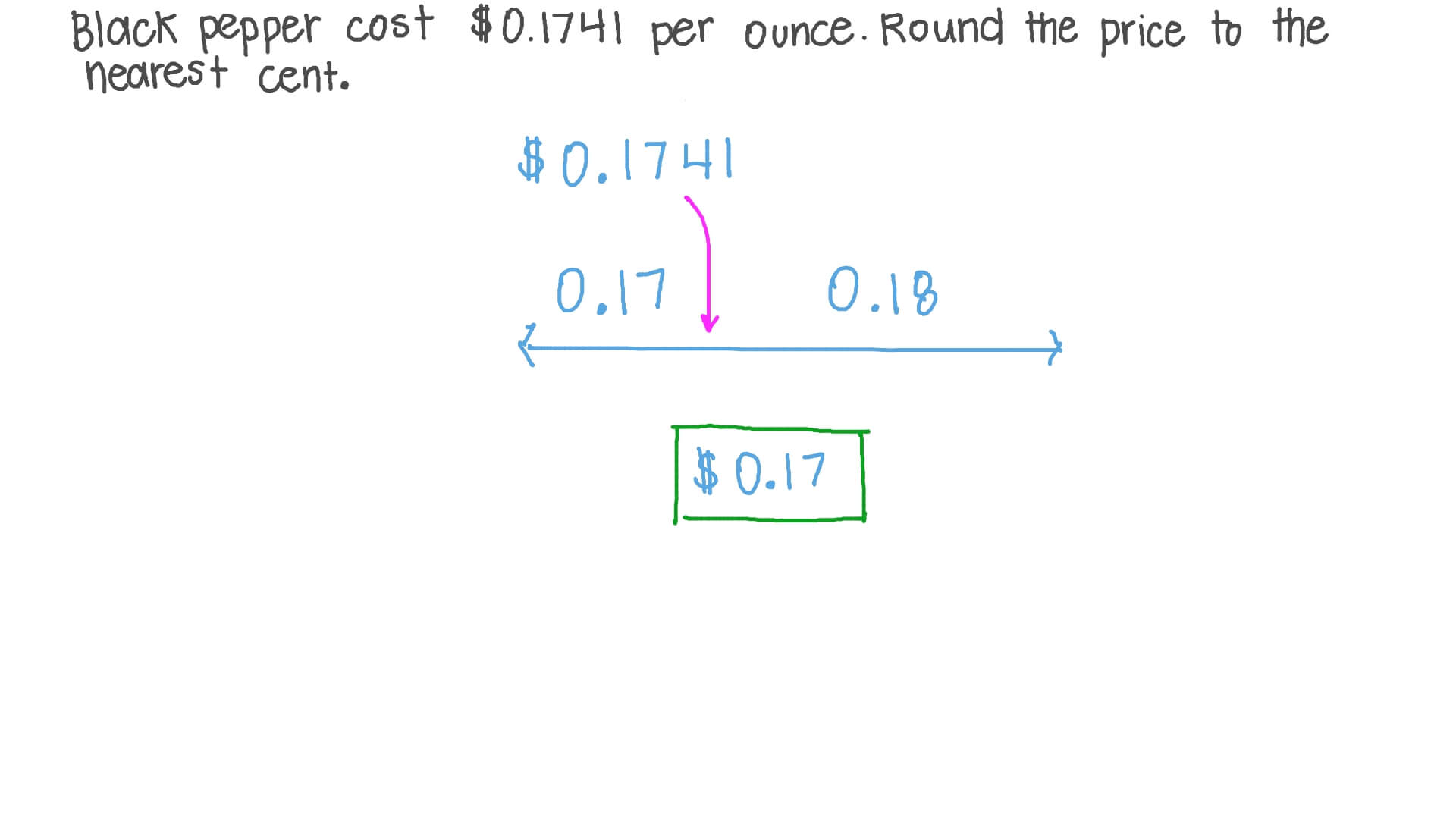The nearest cent is a unit of currency that is one hundredth of a dollar. It is also the smallest unit of currency in the world.
All About Nearest Cent
In marketing, the term “expand” means to grow or increase the size of. When it comes to blog content, expanding a blog section means adding more content to it in order to make it more comprehensive, interesting, and useful. This can be done by adding new posts, updating older posts, or creating new content altogether.
One way to expand a blog section is to add new posts. This can be done by writing about a new topic, issuing a new challenge or suggestion, or sharing an interesting story or statistic. Adding new posts can also be a way to keep your blog section current and up-to-date, which is important since readers may be interested in topics that have recently arisen.

Updating older posts can also be a way to expand a blog section. This means revising the content so that it is more comprehensive, interesting, and useful. This can be done by adding new information, addressing common criticisms, or fixing typos. Additionally, updating older posts can also help to keep your blog section current and up-to-date.
Creating new content altogether can also be a way to expand a blog section. This means writing about new subjects, issuing new challenges or suggestions, or creating new visual content. Creating new content can be a way to keep your blog section fresh and interesting for your readers, and it can also add new perspectives to your existing content.
What is the Nearest Cent?
In the United States, the nearest cent is one-tenth of a penny. This means that a coin worth $0.10 would have 10 cents on it.
The History of the Nearest Cent
Cent coins first appeared in the late 17th century in Europe, and were usually made of copper. They were smaller than modern cents, and only had a value of 1/100 of a dollar.
In 1857, the U.S. government began minting cents with a copper-nickel alloy. The alloy made the coins more durable and allowed for a greater number to be produced. In 1873, the U.S. government began issuing cents made of pure copper.
In 1910, the U.S. government began producing circulating coins made of nickel-clad steel. This made the coins harder to counterfeit, and they remained in circulation until 2002.
Today, the U.S. government issues both copper and nickel-clad steel cents.
Also Check:- How To Open Apk File In iPhone | Complete Guidance
How the Nearest Cent is Used Today
The nearest cent is used today as a way to count money. When someone has change, they can give the person they are buying something from a five-dollar bill, a ten-dollar bill, and a twenty-dollar bill. Then, when they give the person the change, they can give them the nearest cent.
The Benefits of the Nearest Cent
The nearest cent is a marketing and advertising campaign initiated by the Canadian National Bank. The campaign encourages consumers to use cents instead of dollars when making small purchases. The campaign slogan is “Save with a cent.”
The campaign has been successful in encouraging Canadians to use cents when making small purchases. In 2007, the campaign generated $143 million in savings for Canadians. The campaign has also led to the growth of the Canadian dollar, as consumers have been encouraged to buy Canadian products.
The Drawbacks of the Nearest Cent
- There are always trade-offs when it comes to financial decisions. When you choose to spend your money on something that costs a penny, you’re foregoing potential savings on something that costs two cents.2. The nearest cent can lead to penny-pinching. Because it’s often the cheapest option, people may be tempted to economize by choosing cheaper, lower-quality goods or services. This can lead to longer-term problems, such as a lack of quality or durability in products or poor service.3. The nearest cent can also be a waste of time and energy. If you’re making a financial decision based on the price of something, you might be disappointed if the price changes before you make your purchase. And if you’re trying to save money on a purchase by finding the cheapest option, you might be wasting your time if the cheapest option is not the best option.
Conclusion
The nearest cent is a small change in currency that can make a big difference when it comes to purchasing goods and services. By using the nearest cent option, consumers can save money without having to sacrifice quality.



